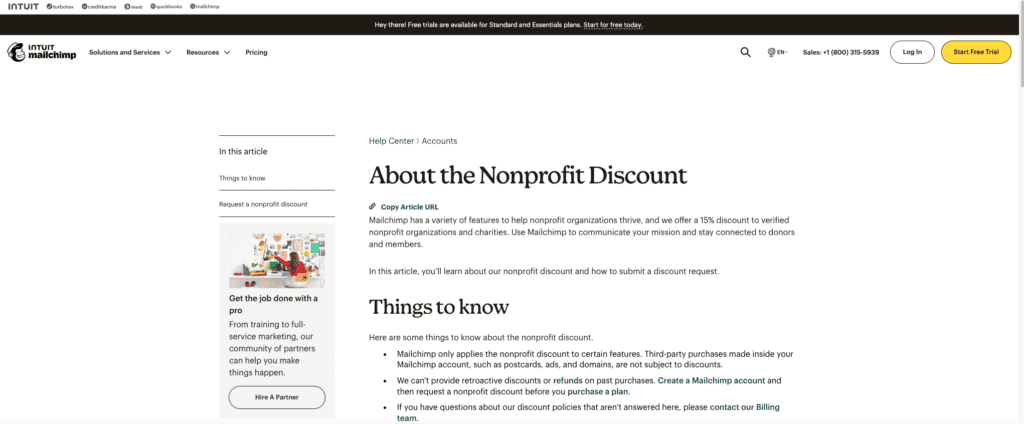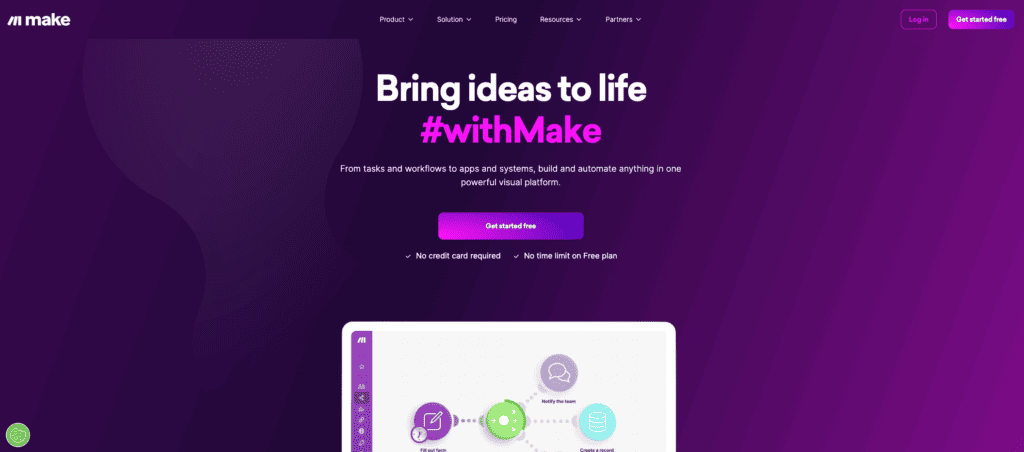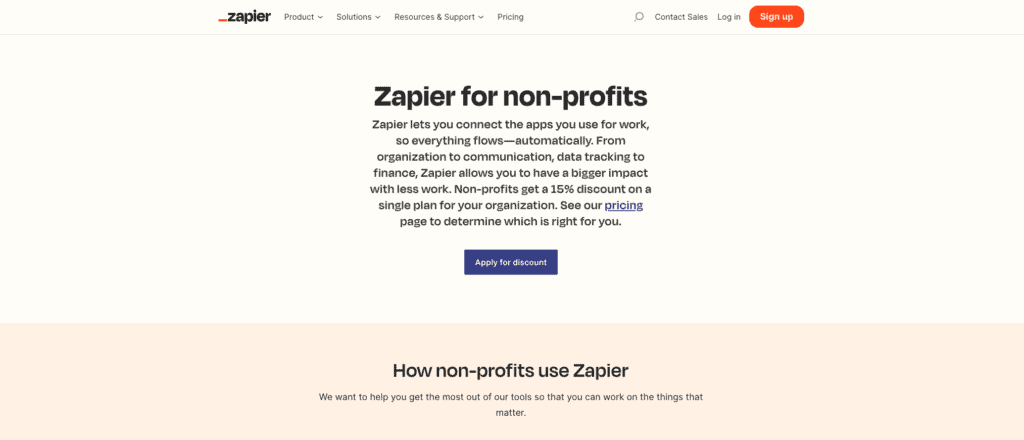API for Nonprofits: A Simple Tool to Unlock Operational Efficiency
Imagine your nonprofit organization as a bustling city. Each department—be it fundraising, marketing, or volunteer management—is like a distinct neighborhood. Now, think of APIs (Application Programming Interfaces) as the network of roads, bridges, and tunnels that connect these neighborhoods. In the nonprofit sector, where efficiency can make or break your mission, API for Nonprofits serves as this crucial infrastructure. It links different software applications to streamline operations and enhance productivity. This article aims to demystify the role of APIs in nonprofit platforms and show you how they can be a game-changer for your organization.
What is API for Nonprofits?
APIs act as a bridge between different software applications, allowing them to communicate with each other. For nonprofits, APIs can connect your CRM system to your email marketing platform, your fundraising software to your accounting system, and much more. This seamless integration enables you to automate tasks, reduce manual errors, and save valuable time.

Why Nonprofits Need APIs
- Data Synchronization: APIs allow real-time data sharing between platforms. This is crucial for maintaining up-to-date donor records, volunteer schedules, and event details.
- Automated Workflows: With APIs, you can set up automated triggers for specific actions. For example, when a new donor signs up, an API can trigger a welcome email from your marketing platform.
- Enhanced Reporting: APIs can pull data from various sources to create comprehensive reports, aiding in better decision-making.
Popular API Integrations for Nonprofits
- Salesforce: Known for its robust CRM capabilities, Salesforce offers a Nonprofit Success Pack that can be integrated via API.
- Mailchimp: This email marketing tool can be connected to your CRM to automate email campaigns based on donor behavior.
- QuickBooks: Integrate this accounting software to automatically update your financial records.
- Make (formerly Integromat): This tool allows you to connect multiple apps and automate workflows without any coding knowledge.
- WordPress: As one of the most popular content management systems, WordPress offers various API integrations through its webhooks. These webhooks can connect your WordPress site to tools like Zapier and Make, allowing you to automate actions such as posting new content, updating donor lists, or triggering email campaigns. This makes WordPress not just a platform for your website but also a central hub for various nonprofit operations.
How to Work with APIs
- Identify Needs: Determine what processes you want to automate or what data you need to sync.
- Choose the Right Tools: Not all platforms offer API capabilities. Make sure to choose ones that do.
- Consult with IT: If you’re not tech-savvy, consult with your IT team or hire an API specialist to set up the integrations.
Programs for Nonprofits
Both Zapier and Make offer special programs for nonprofits, providing discounted rates and additional support to help you make the most of API integrations.
Final Thoughts
API for nonprofits isn’t just a tech buzzword; it’s a strategic approach to operational efficiency. By integrating APIs into your nonprofit’s tech stack, you’re not just streamlining operations; you’re also freeing up time and resources to focus on what truly matters: your mission.



